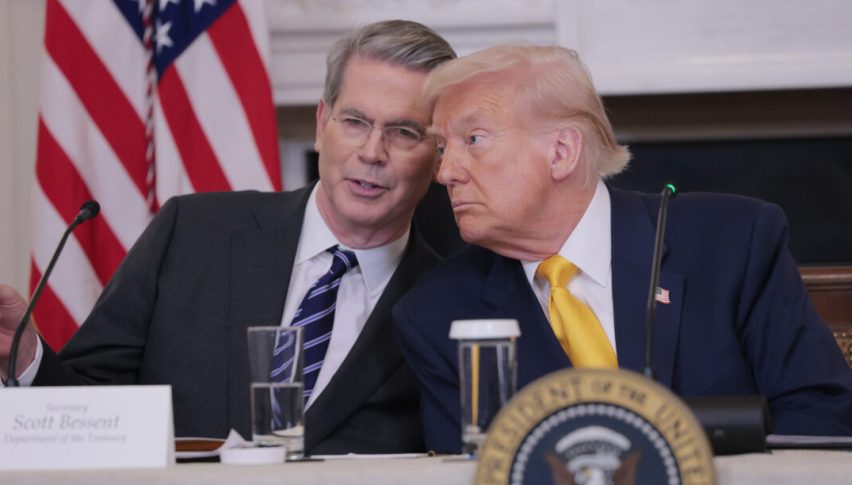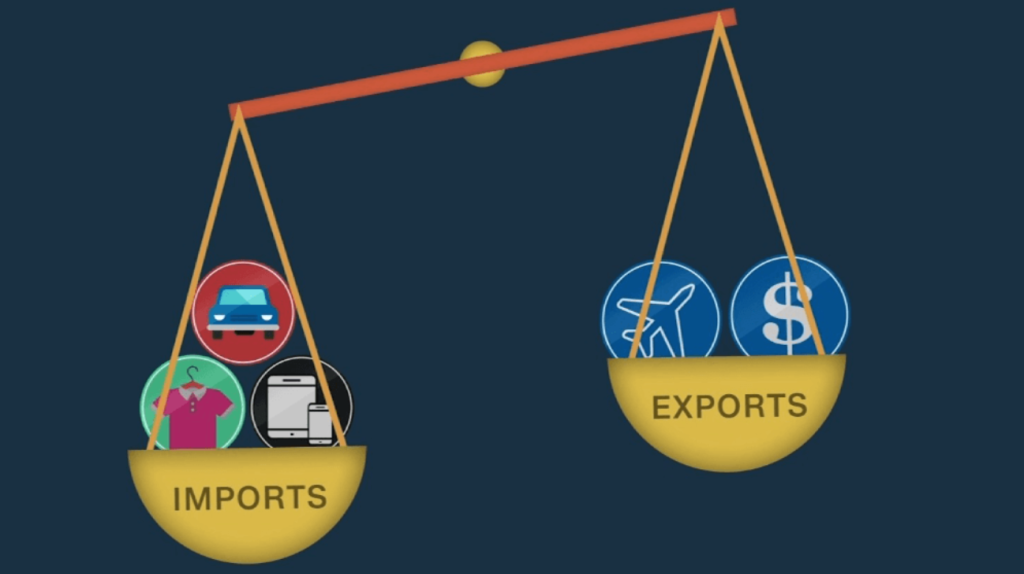Tariffs: Despite Deadline, Markets Remain Confident in Negotiations
While he declined to confirm August 1 as the new deadline, Bessent acknowledged there is congestion in the final stretch of negotiations.

Quick overview
- President Trump confirmed July 9 as the deadline for new trade agreements, with formal letters to be sent starting at noon.
- Some officials suggest an extended deadline of August 1, coinciding with the implementation of reciprocal tariffs.
- Trump warned of a 10% tariff on countries aligning with the BRICS bloc's anti-American policies, as they discuss reducing reliance on the U.S. dollar.
- The U.S. has already finalized trade deals with the UK and Vietnam, while negotiations with China remain complex but ongoing.
U.S. President Donald Trump reaffirmed that Wednesday, July 9, remains the deadline for countries to reach new trade agreements with the United States.

Speaking on Monday, he announced that formal letters detailing the terms of individual agreements—or, where no deal has been reached, notices of tariffs—would begin to be sent at noon.
However, some U.S. officials have hinted that countries may have until August 1 to finalize deals, as that is the date when reciprocal tariffs are set to take effect, effectively extending the negotiation window.
Treasury Secretary Scott Bessent noted that 18 trade partners are currently under review and said he expects to announce several key agreements in the coming days. While he declined to confirm August 1 as the new deadline, Bessent acknowledged there is congestion in the final stretch of negotiations.
Trump Targets BRICS Amid Parallel Tensions
At the same time, Trump escalated his rhetoric against the BRICS bloc—Brazil, Russia, India, China, and South Africa—warning on Sunday that the U.S. would impose an additional 10% tariff on any country aligning with what he called the group’s “anti-American policies.” He emphasized that there would be no exceptions.
This warning comes just as the BRICS nations resumed talks over the weekend on developing a cross-border payment system to reduce reliance on the U.S. dollar and the Western-dominated SWIFT financial messaging network. According to analysts at Portfolio Personal Inversores (PPI), this push adds context to Trump’s warning, as it challenges U.S. financial dominance.
First Deals Already in Place
Meanwhile, two countries have already finalized trade deals with the U.S.
The United Kingdom was the first, signing an agreement in June that slashed U.S. tariffs on British car imports from 27.5% to 10%, while removing tariffs on British aircraft engines and parts.
Vietnam followed on July 2, when Trump announced that goods from the Southeast Asian country would face a 20% tariff, and that transshipped goods from third countries would be subject to a 40% levy. Specific details of the deal have yet to be disclosed.
A more complex case is China. The U.S. and China reached a truce in June under which American tariffs on Chinese imports were set at 55%, while China agreed to a 10% rate on U.S. goods—maintaining the levels established in a temporary agreement the month prior.
Despite the geopolitical tensions, markets remain cautiously optimistic that most deals will be concluded in time, avoiding major disruptions. Investors appear to be pricing in a scenario of continued negotiation rather than escalation.
- Check out our free forex signals
- Follow the top economic events on FX Leaders economic calendar
- Trade better, discover more Forex Trading Strategies
- Open a FREE Trading Account